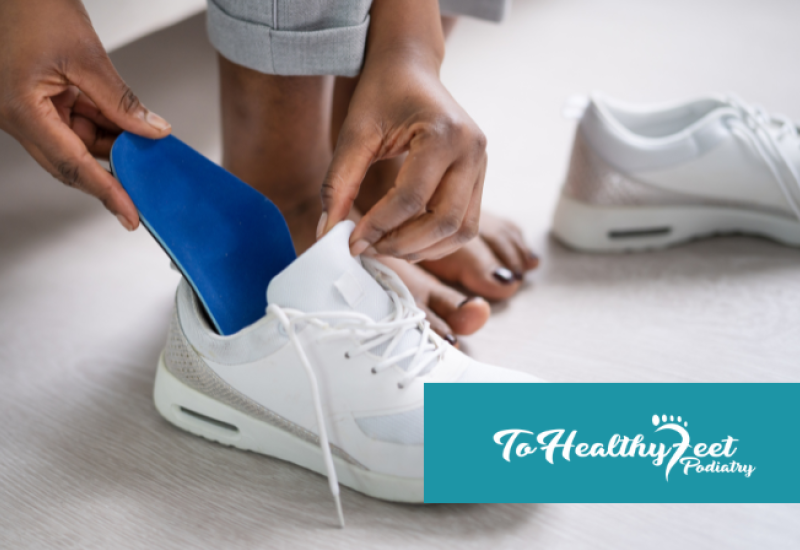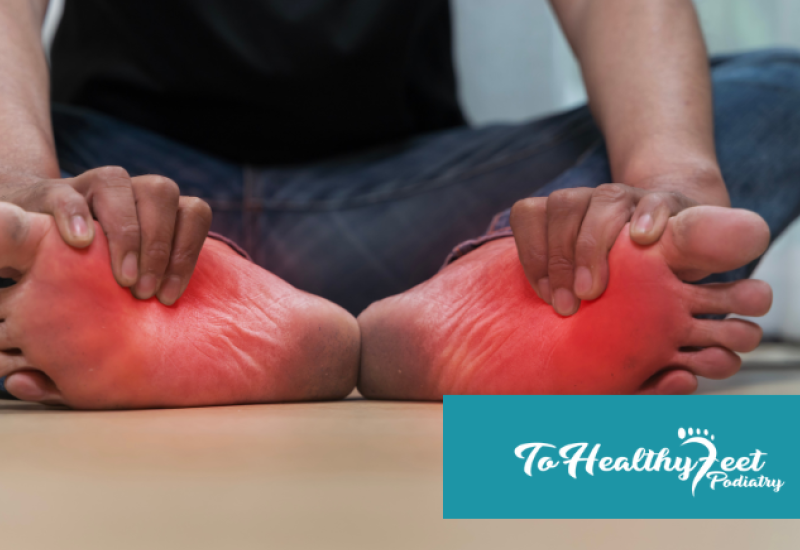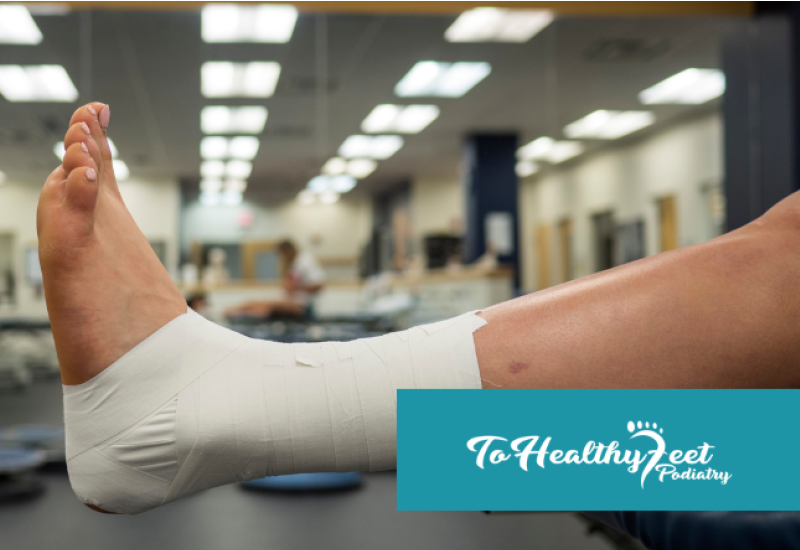Does one of your toes cause you pain and seem to bend upwards rather than lay flat? You may be one of 60 million Americans who suffer from hammertoe. Hammertoe is not an uncommon foot deformity that usually affects the 2nd or 4th toe and is characterized by an abnormal contracture or bend in one of the toe joints. This bend can make wearing shoes painful and may get worse over time. Not only are they painful, but they can become debilitating as the joint becomes rigid and unbendable, which will likely require surgery or invasive treatments.
Don’t Live in Pain- Get An Assessment and Treatment At our Manhattan Podiatry Clinic
At our two foot clinics located in Midtown and Downtown NYC, we have a team of foot specialists that can accurately diagnose and treat a variety of foot and ankle conditions, including hammertoes, bunions, diabetic foot, plantar warts, plantar fasciitis, and much more!
We offer advanced surgical and non-surgical treatment options to help restore your foot’s function and eliminate any pain. If you are considering hammertoe surgery, there is no better time for recovery than while we are all staying home. Don’t miss a thing while you recover at home and put your feet up!
Contact our clinic today to schedule your appointment!
The Signs, Causes, And Treatment Of Hammertoe
What Is Hammertoe?
While there are various conditions that may be causing your feet pain when wearing shoes or walking, such as bunions, gout, or hallux limitus/rigidus, hammertoes may be apparent due to:
- Bending
- swelling, redness, pain,
- Formation of wounds, corns, and calluses at the top of the joint
Causes of Hammertoes
Hammertoes may become more apparent and painful over time, so it can be hard to pinpoint what exactly caused the joints in hammertoes to curl or bend in the first place. Hammertoes can be caused by various factors, including genetics or wearing tight, narrow shoes and high heels. Wearing good quality shoes and custom orthotics that support your feet properly may slow and prevent further hammering of the toes.
Treatment for Hammer Toes
To properly treat hammertoes and prevent further hammering, the first step is to book an appointment with a podiatrist to accurately diagnose the source of your foot pain and deformity. Depending on the joint's rigidness, level of pain, the impact on your quality of life, your podiatrist will provide you with suitable treatment options to fix hammertoes or alleviate the associated discomfort.
Treatment options include:
- Shoe padding to prevent painful corns and calluses at the bending of the joint
- Custome orthotics, properly fitted laced shoes with adequate space and width
- High toe box shoes (front of the shoes is high so it does not rub)
- Surgery
In some minor cases, non-invasive treatment may be enough, but matured patients may require surgery. This may entail merely releasing the soft tissue or bone work to repair the alignment.
To Hammer This Home: Don’t Live In Pain Unnecessarily Or Wait Until It Gets Worse!
Without intervention and proper treatment of hammertoes, they tend to worsen, increasingly painful, and crippling in due course. Visit our Downtown or MidTown Manhattan Clinic in NYC to take a step toward pain-free living today.
To schedule your appointment, call us at 917-398-3668, fill in our contact form below, or book your appointment online!
FAQ’s
Do toe straighteners work for straightening hammertoes?
Hammertoes usually means the joint muscles are contracted rather than a broken bone for which splints or braces are traditionally used. Physiotherapy and treatment options are more effective methods to straighten out mild cases of hammertoes.
How Do I prevent hammertoes from forming in the first place?
Often you can prevent hammertoes by wearing proper-fitting shoes. Avoiding high heels and narrow pointed shoes helps to prevent hammertoes as well. You can ensure your shoes fit correctly by trying them on when your feet are at their highest swelling point (later in the day). Opt for adjustable or lace shoes as well, so you can change the fit accordingly.
Will surgery fix my hammertoes permanently?
Although surgery may reduce pain and return motion and flexibility to your toes, you may be prone to getting hammertoes again without changes to your footwear.



